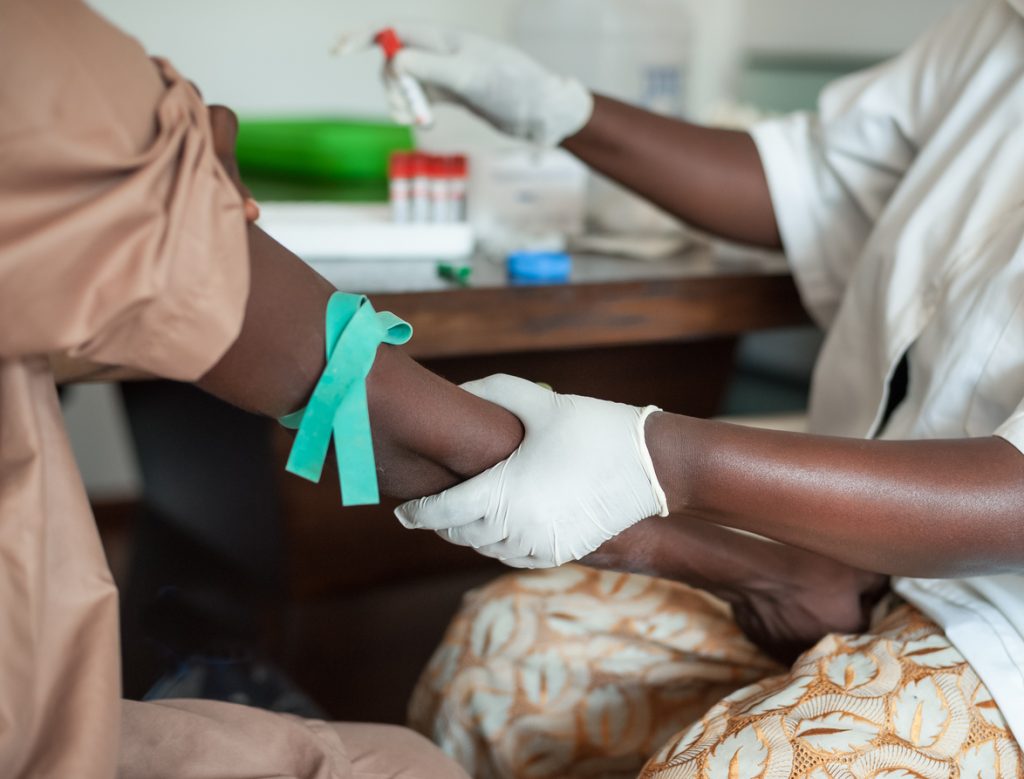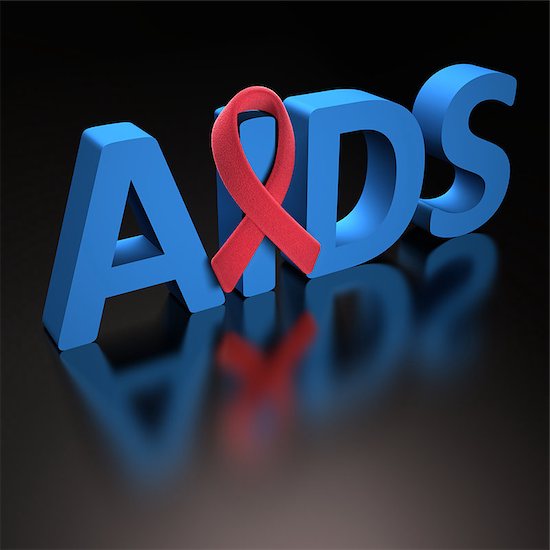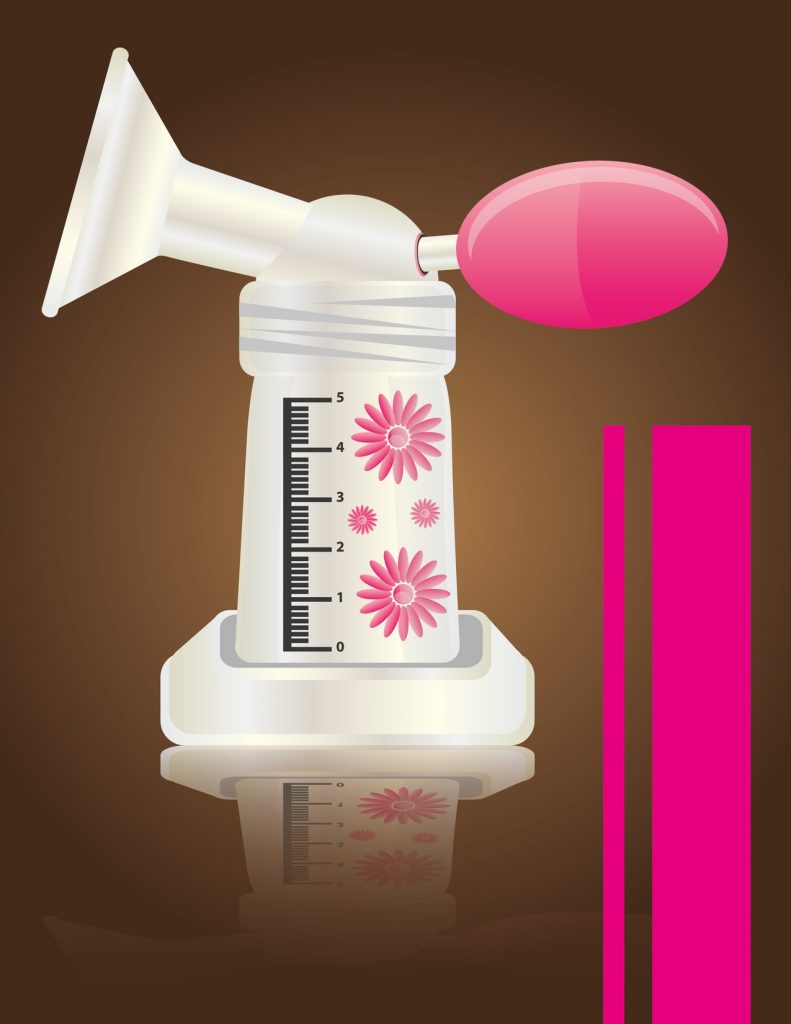HIV Prevention

Eliminating HIV in Sub-Saharan Africa Proves Difficult
We’ve discussed HIV’s impact on the sub-Saharan region of Africa before. Over the years, the disease has infected more than 25 million people, with the number of new infections rising every year. One the biggest obstacles the area faces is a lack of access to condoms. This contraceptive is rarely used among men and women in these countries. Eliminating HIV is no easy task, especially in a region where the prevalence of HIV is 1.5 times higher than Europe and the United States. The UN’s latest efforts to reduce the spread of the disease seems likely to fail.
Eliminating HIV in This Region Isn’t Easy
Organizations like the World Health Organization (WHO) and UNAIDS have found success in reducing the number of HIV patients in the United States and other similar countries. However, those countries are resource-rich areas, where they have the means and money to educate and distribute HIV protection. Both organizations have tried to implement similar efforts in the sub-Saharan region.
WHO and UNAIDS sought to use treatment as a prevention method. The plan would treat HIV-positive individuals and reduce their ability to infect others. They hoped to diagnose and treat 90 percent of the people within the next three years.
Why Researchers Cast Doubt
Unfortunately, a study by UCLA researchers cast doubt on this plan, seeing it as unfeasible. The researchers used statistical mapping to find people infected with HIV in Lesotho. At least 1 in 4 people have HIV in this South African country. Similar to other South African countries, most people have gone without a diagnosis, nor are they receiving treatment. The scientists discovered that the plan couldn’t address the fact that HIV-positive individuals are widely dispersed within the country. Also, very little of the population lives in urban areas, making it hard to find these people.
“Global health policies for HIV elimination need to be redesigned, and they need to consider settlement patterns and population density,” said Sally Blower, director of UCLA’s Center for Biomedical Modeling. “Our results show that the spatial demographics of populations in predominantly rural countries in sub-Saharan Africa will significantly hinder, and may even prevent, the elimination of HIV.”
“We estimate that almost every settlement in the country has at least one HIV-infected person, and this holds true for even the smallest and most remote settlement,” said Brian Coburn, the study’s other co-author, who was a postdoctoral fellow in Blower’s group. “We also found that approximately 70 percent of HIV-infected adults live in rural settlements.”
With those in need of treatment so widespread, it becomes harder and more expensive to help them. For every rural location, there is an average of two or fewer people per square kilometer who is HIV-positive. The problem is reaching them.
The Importance of Finding a Great Plan
The researchers at UCLA are using their technology to find alternate plans that address these issues. Blower states that in order “To develop effective strategies, we need to figure out — throughout entire countries — where HIV-infected individuals live and which communities are connected to each other.” Hopefully, whatever plan the governments of Africa chooses can curb the epidemic plaguing the continent and eventually help in eliminating HIV.

The Progression of HIV: How the Infection Takes Over Your Body
It’s important to know every aspect of HIV, in particular for those infected with the virus. HIV is a volatile disease and an epidemic that has claimed the lives of over 35 million people. Understanding how the disease works can help patients make better decisions when it concerns their health. That’s why it’s imperative that patients are informed because over time and without proper treatment, HIV develops into something much worse. Find out everything you need to know about the progression of HIV and how you can protect yourself.
Laying Out the Progression of HIV
HIV progresses in three stages. As the disease moves from one stage to the next, it becomes worse over time. Eventually, the disease completely eradicates the immune system, leaving the body vulnerable to other diseases and infections. Let’s walk through the different stages of the virus and what it means for HIV-positive individuals.
Stage 1: Acute HIV Infection
The progression of HIV starts soon after infection. The first stage of the virus is known as acute HIV infection. During this stage, symptoms aren’t noticeably apparent, and for the first 2 to 4 weeks, people may be unaware that they have contracted the disease. There is a chance that HIV-positive individuals experience flu-like symptoms. These symptoms are a telling sign for anyone who has recently participated in risky sexual activity or drug use. It usually means that they have contracted the virus and it has start to multiply, causing it to spread within the body and destroy the immune system.
Stage 2: Clinical Latency
As defined by the CDC, Clinical Latency is the second stage of the virus. It is also known as asymptomatic or chronic HIV infection. While still active within the body, the HIV virus reproduces at low levels. Most people still do not show any symptoms of the disease by this point. However, it is important to note that one can still spread the infection to others. This stage is also a crucial period as the disease can evolve and become AIDS without proper treatment.
Stage 3: AIDS
AIDS is the final stage of HIV. This is when the number of CD4 cells in the body, which aid the immune system, are at their lowest. AIDS grants other infections and diseases the opportunity to damage the body severely. Your symptoms often depend on the type of illness or opportunistic infection you contract. This stage can occur when one has not properly taken medication during the first or second stage of the virus. Patients with AIDS who continue to ignore treatments usually live for three years.
Slowing Down the HIV Infection
While there is no cure for HIV, scientists are working diligently every day to find one. Their research has led to advancements in HIV medications. By taking this treatment, patients can slow the progress of the disease. Some have even found success in keeping it at stage 2 for many years, preventing the transition to AIDS. For this treatment to be effective, patients must take the antiretroviral medications every day. If you are worried or concerned that you may have contracted HIV, contact an HIV specialist today and get tested as soon as possible.

What to Know When Breastfeeding With HIV
Unlike other principles of healthcare for babies with HIV-positive mothers, breastfeeding still does not have a consensus. There is a long list of preventative measures known to work when ensuring the baby’s long-term health. Babies born to HIV-positive mothers are put on zidovudine hours after birth. And they’ stay on it for 4 to 6 weeks. Additionally, they are tested for HIV 3 times during their first 6 months of life. Each of these measures has worked well in stopping HIV from spreading to the child. These are all agreed upon practices. Breastfeeding, however, is more complicated.
AIDSInfo and the CDC both oppose breastfeeding with HIV and suggest using formula as a healthy alternative. WHO (World Health Organization) on the other hand, insists it’s still the best option. Considering what’s at stake, it’s important to know which option is best. For that reason, here is a deeper look at what’s out there.
The Conflicted Beliefs About Breastfeeding With HIV
Those against breastfeeding with HIV are wary because the disease can potentially spread to the breast milk. There are also reports of children becoming infected with HIV after eating food previously chewed by a person with HIV. And that when given formula instead of breast milk, babies are 30% less likely to be infected. This is why many err on the side of caution.
Many studies in recent years have challenged this belief, though. They show that breastfeeding is beneficial for both the mother and baby. Breast milk possesses components with the ability to kill the virus. High levels of polyunsaturated fatty acids in the milk are associated with this reduced risk.
The wide range of positive and negative research about breastfeeding with HIV makes it difficult to reach a conclusion. Be sure to discuss this with your doctor before making any final decisions.

Many Gay Men Are Unaware of HIV Prevention Methods
HIV vaccines are important. However, people should not ignore HIV prevention methods. Preventing HIV is a crucial part of protecting yourself. Medical treatments act as a means of protection. However, a study has found that many gay men do not know about the HIV prevention methods that are available.
Gay Men and HIV
Gay and bisexual men have been at risk for HIV for many years. In 2013, the CDC estimated that “Gay, bisexual, and other men who have sex with men made up an estimated 2% of the population but 55% of people living with HIV in the United States.” This is a startling statistic.
With HIV so widespread among the gay community, these men are more likely to contract the disease. The higher rates of HIV are more than likely due to many gay men having multiple partners and practicing anal sex. Unfortunately, this community has a hard road ahead when it comes to decreasing the number of men with this disease. Scientists are constantly researching new methods of preventions and vaccines to help them.
Knowledge Is Power: Knowing Which HIV Prevention Methods Can Protect You
The John Hopkins Bloomberg School of Public Health found that only 4 in 10 gay and bisexual men in Baltimore – who did not have HIV – are not aware that pre-exposure prophylaxis medication (PrEP) is an effective HIV prevention method.
Pre-exposure prophylaxis medication (PrEP) is a pill that is taken daily to prevent the contraction of the disease. It contains two HIV medication in one pill. For those who take this medication as prescribed, PrEP is known to be 92% effective at preventing infections in men.
HIV prevention methods are an important part of stopping the spread of the disease within the gay community. The researchers tested men in Baltimore because the number of HIV incidents in the state among gay and bisexual men was estimated to be 31 percent in 2011. Their findings suggest that doctors are not presenting the medication to their patients.
According to study leader Julia R. G. Raifman, ScD, a post-doctoral fellow in the Bloomberg School’s Department of Epidemiology, “Doctors have limited time with their patients, but with gay and bisexual male patients, physicians definitely need to make it a point to discuss HIV risks and whether PrEP is a good option.”

Teens Still Putting Health at Risk with Unsafe Sex Practices
While the world clamors to fight epidemics like HIV, recent findings show that one major contributor to health in the future is being neglected. Worldwide, adolescents are considered a generally healthy population. This assumption leads to focusing on other groups when it comes to healthcare, both preventative and otherwise. One study yielded sobering facts about the up-and-coming generation regarding healthcare, unsafe sex practices, and overall well-being.
Study Shows Teens Are Taking Chances With Unsafe Sex
The report targeted those aged 10–24 years old. Over 65% of those in this age group live in countries where certain factors threaten their well-being, with little attention being paid to this fact. Since 1990, unsafe sex practices have been a risk factor for poor health. In that year, the problem ranked at #13 on the list of health threats. In 2013 we saw it climb to the number two spot. This makes unsafe sex the fastest growing threat to youth today. Results like HIV, AIDS, injury, violence, and early pregnancy set the stage for ill health in the future. Most areas where the risks are increasing, the health problems in question are treatable, even preventable. Unfortunately, little attention is given to these matters, much to the chagrin of health experts.
In many regions where this threat is a growing concern, conflicting healthcare laws related to providing treatment for adolescents can limit progress in these areas. Another obstacle is healthcare coverage in that in some lands, a married woman may have access to contraceptives, but an unmarried girl legally does not. Around the world, this age group has the poorest coverage.
The Future of the World’s Health at Stake
These youths make up the largest generation of all time. Challenges facing medical science, like HIV, will only mount if this growing generation is not taken into consideration now. HIV is but one example. Really there are a number of risk factors—with depression and alcohol abuse topping the list. As this generation ages, the state of the world’s health will be strongly influenced by their state of health. Currently, that paints a bleak picture of the future as far as health and well-being are concerned.





